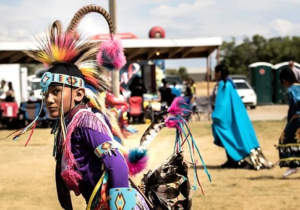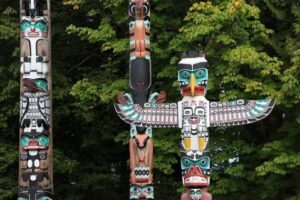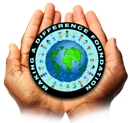
While still widely known as Columbus Day, the second Monday of every October is now also known as Indigenous People’s Day. So which is right and can we accept both?
Columbus Day was originally started in the late 19th century as a movement in honor of Italian-American heritage at a time when Italian immigrants faced widespread persecution. But in the more recent past, the holiday has been called into question with the belief that Christopher Columbus, the “discoverer” and colonizer of North America, brought in the oppression and even decimation of the Natives who first lived here.
Certainly not to discount the role that the Italian immigrants had in shaping our nation today, the fact is Native Americans played an even more pivotal role in the survival and success of this country. Many of the people who first colonized this land wouldn’t have survived if it hadn’t been for the initial friendship, trust, and knowledge the Natives possessed and showed to them; only to be paid back in the taking of their lands, forced relocation, rape, slavery, and slaughter.
Certainly for many, especially the Native Americans, Columbus Day is nothing to be celebrated. Thus started Indigenous People’s Day to acknowledge the horrendous wrongs that were done because of Columbus’ arrival and to celebrate the culture and history of those people and cultures affected. It was also a way to start changing the narrative of history – not the washed out history, but a much more factual account of what really happened.
While scholars and historians can only estimate how many Native Americans (and the numbers vary greatly) actually lived and inhabited these lands before colonization, it’s reported that it was around 10 million. Once colonization took place, well over half of that population was wiped out due to disease, alcohol, guns, and violence/war. Kidnapping, forced assimilation, enslavement, rape, and sexual abuse of Native people, including children, all were also contributing factors.
And yet, still today, there continue to be many social injustices and racial issues faced by the Native population.
Many people probably don’t know some of these facts:
- The U.S. Census Bureau reports the current (2021) total population of Native Americans in the U.S. is 6.79 million or about 2.09% of the entire population.
- There are about 574 federally recognized Native American tribes in the U.S and 324 recognized reservations. Of those, 29 reservations and 29 tribes are in Washington state.
- Washington state has the 10th highest Native population in the nation at 2.82%.
- Native American populations of over 100,000 are only in 15 states. And 15 states have relative Native American populations below 1.00%.
- 27% of Native Americans live in poverty.
- It is estimated about 46% of all Native American women have experienced some sort of physical abuse including rape, stalking, or dating or domestic violence.
- On some reservations, Native American women are murdered at a rate of 10 times more than the nation’s average with reports from the Department of Justice in 1990 saying 80% of the physical abuses and rape experienced by them perpetrated by non-Native Americans.
- The graduation rates of Alaska Native and American Indians has been dropping since 2008 with the dropout rate twice the nation’s average and more than any other U.S racial or ethnic group.
- Many Native Americans live in overcrowded and poor conditioned houses on reservations. Over 90,000 under-housed or homeless American Indians are living in conditions that can be compared to those in third world countries.
- For hundreds of years, Native Americans have faced genocide, dislocation, as well as various forms of physical, mental/emotional, and social/racial abuse. These issues have given way to high rates of violence, assault, substance and other abuse, and suicide among the Native American people.
By changing the holiday and celebrating Indigenous People’s Day, it helps us recognize how we need to let go of the old narrative surrounding the history so many of us have been taught for years about the settling of this land and the start of our country. We also can understand that while we are not responsible for the sins of our forefathers, it is important to now outwardly acknowledge that what we were taught was not an accurate or true representation of what really happened. And to recognize and admit that while we can’t change the actual history or what happened, we can start to do a whole lot better for these people in the present.
And maybe then, the Native Americans and our country, as a whole, can start to truly heal from the atrocities committed. 

